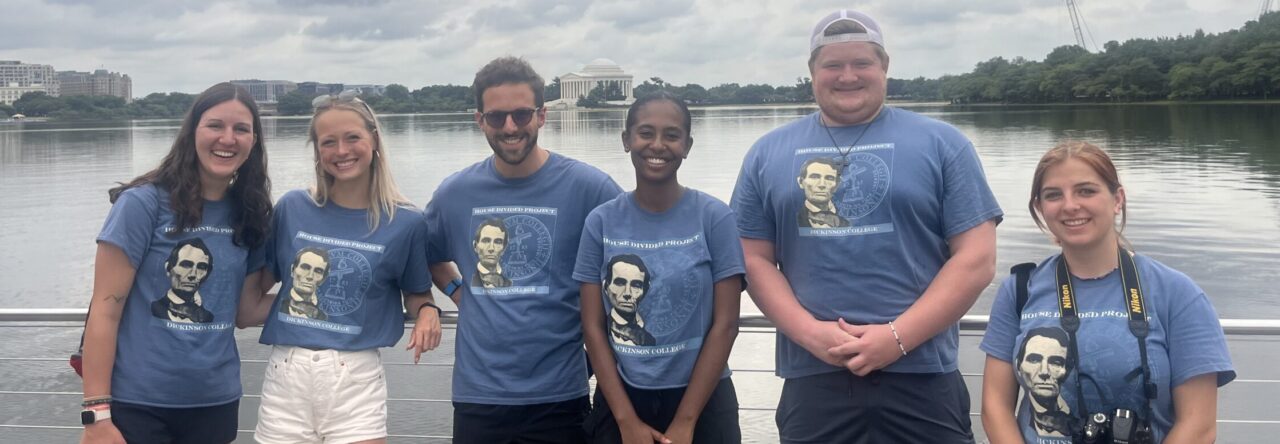While I was writing my close reading essay on Lincoln’s letter to George Robertson, I went through several drafts with Professor Pinsker to improve it. Here are a few small tips that I learned along the way, from getting started with ideas to working with citations.
- One way to close read is to briefly draw in another document to compare the ideas and gain context. For me, this was somewhat easier; the Robertson letter was presented with two other letters that contained Lincoln’s thoughts on the sectional crisis, so it was easy to track how his ideas evolved and changed based on who he was talking to. Think about all the documents that are a part of the curriculum and try to see where one might reflect or differ from another.
- For most history classes you will take in college, your professor will want you to use Chicago footnotes. Although it is not required that you use them here, it could be useful to try them out now. Remember not to put a footnote in the middle of a sentence, and instead place it after the punctuation. Normally, you would use an actual footnote, but because WordPress doesn’t have this option, place the number in brackets. Often, you will include an entire hyperlink in the citation. However, to make it appear less messy, try to just type out [WEB] and attach the link to this word.
- For these essays, it isn’t necessary to use ellipses for quotes unless you are omitting something from the middle. Make sure, however, that you don’t change the meaning of the quote for your argument by cutting key information.
- One of my main takeaways from writing this essay is to try to explain things succinctly. I often fall into the trap of thinking that for a college-level essay to be “smart,” it must use big words and long sentences. However, this sometimes ends up hiding your meaning.
Good luck writing!



Leave a Reply